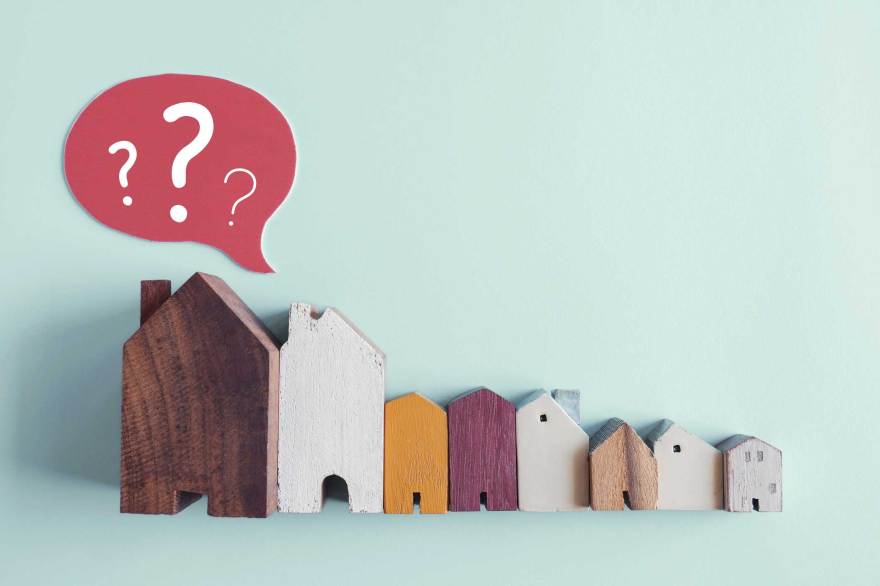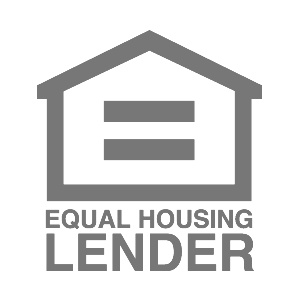
Being a homeowner can offer many benefits, including the ability to build home equity. But exactly what is home equity and why is it so important?
We have everything you need to know about home equity from how to calculate it to how to use it. Most importantly, we’ll explain how it could also be key to building wealth long-term.
What is home equity?
Before you learn the best ways to use or build equity, you need to understand what home equity is. Simply put, home equity is the current value of your home minus what you still owe on your mortgage. If you come up with a positive number, you have equity.
How fast or slow home equity grows depends on property values and how much principal you pay down on your mortgage. Usually it’s a long-term effort, meaning the longer you are in your home, the more equity you can build. It doesn’t happen overnight.
Calculating your home equity
To figure out how much your home is worth and how much equity you may have, you can use a home equity calculator. This is useful if you’re thinking about selling your home or tapping into your equity for home improvements, debt consolidation or refinancing purposes.
3 Ways to Use Your Equity
Now that you know what home equity is, you need to know how to use it. Most commonly, homeowners use financing tools like a home equity line of credit, home equity loan, or mortgage refinance to help pay for home improvement projects, consolidate debt, or create an emergency fund. Here’s a look at three of the most common options to understand how it can work for you.
1. Home equity line of credit (HELOC)
A HELOC is a revolving line of credit that uses your house as collateral. The amount you have determines how much you can borrow. Like a credit card, you can tap into it when you need to, but you have to pay back the amount you borrow. A HELOC usually offers a lower interest rate than credit cards.
Because you only use what you need, when you need it, a HELOC is a good choice if you want to have access to funds to pay for anything from emergencies to home renovations.
2. Home equity loan (HELoan)
Unlike a HELOC, a home equity loan is when you borrow the whole amount as a lump sum. Instead of a revolving line of credit, you get all the money at once, and must make monthly principal and interest payments.
You pay back the loan over a set period of time, with interest that is usually set at a fixed rate. The amount of time it will take to pay off and the monthly amount you have to pay is all dependent on how much you borrowed and the loan terms you agreed upon with the lender.
3. Cash-Out refinance
You can refinance your mortgage for more than what you owe. Referred to as a cash-out refinance, you’ll receive the difference in cash to use as you please.
For example, if your home is worth $300,000, but your mortgage is only $200,000, you might do a cash-out refinance for a new loan of $275,000. You receive $75,000 in cash and start making new (and larger) mortgage payments.
How to Build Home Equity
It’s an investment with long-term results. Want to move it along a little faster? Here are some things you can start doing now that will help you build your home’s wealth.
Pay your mortgage biweekly
Biweekly payments can reduce how much interest you pay and help build your home equity. For instance, if you make your payments bi-weekly instead of monthly, you could pay off your mortgage faster. But before you consider this, speak with your lender to make sure they don’t charge extra for processing your additional payment.
Make home improvements
Improving your home could help increase your home’s value. But knowing which renovations could yield the best value for your home depends on where you live. So be sure to research the smartest place to start your improvements.
Take advantage of bonuses
If you’re expecting a bonus, or get one by surprise, any unexpected financial windfalls can go toward paying down your mortgage so you can build equity. Besides a bonus, windfalls could come from tax returns, an inheritance or a gift from a family member.
Cut your loan term in half
Refinancing your 30-year mortgage as a 15-year loan, you’ll build equity twice as fast. But while interest rates on shorter-term loans are usually lower, your monthly payments will be higher, so make sure an option like this fits your budget.
Ready to use the equity in your home?
If you do and you want to use it, you have options. Make sure you research what will work best for you and your financial goals.
Read more
IMPORTANT INFORMATION ABOUT PROCEDURES FOR OPENING A NEW ACCOUNT.
To help the government fight the funding of terrorism and money laundering activities, Federal law requires all financial institutions to obtain, verify, and record information that identifies each person who opens an account.
What this means for you: When you open an account, we will ask for your name, address, date of birth, and other information that will allow us to identify you. We may also ask to see your driver’s license or other identifying documents.
Eligibility for a home equity loan or HELOC up to $500,000 depends on the information provided in the home equity application. Loans above $250,000 require an in-home appraisal and title insurance. For HELOCs borrowers must take an initial draw of $50,000 at closing. Subsequent HELOC draws are prohibited during the first 90 days following closing. After the first 90 days following closing, subsequent HELOC draws must be $1,000 or more (not applicable in Texas).
The time it takes to get cash is measured from the time the Lending Partner receives all documents requested from the applicant and assumes the applicant’s stated income, property and title information provided in the loan application matches the requested documents and any supporting information. Spring EQ borrowers get their cash on average in 26 days. The time period calculation to get cash is based on the first 6 months of 2022 loan fundings, assumes the funds are wired, excludes weekends, and excludes the government-mandated disclosure waiting period. The amount of time it takes to get cash will vary depending on the applicant’s respective financial circumstances and the Lending Partner’s current volume of applications.
Spring EQ cannot use a borrower’s home equity funds to pay (in part or in full) Spring EQ non-homestead debt at account opening. For HELOCs in Texas, the minimum draw amount is $4,000. To access HELOC funds, borrower must request convenience checks.
Interest rates may be adjusted based on factors related to the applicant’s credit profile, income and debt ratios, the presence of existing liens against and the location of the subject property, the occupancy status of the subject property, as well as the initial draw amount taken at the time of closing. Speak to a Prosper Agent for details.
Qualified applicants may borrow up to 95% of their primary home’s value (not applicable in Texas) and up to 90% of the value of a second home. Home equity loan applicants may borrow up to 85% of the value of an investment property (not applicable for HELOCs).
All home equity products are underwritten and issued by Spring EQ, LLC, an Equal Housing Lender. NMLS #1464945.
Prosper Marketplace NMLS Prosper Marketplace, Inc. NMLS# 111473
Licensing & Disclosures | NMLS Consumer Access
Prosper Funding LLC
221 Main Street, Suite 300 | San Francisco, CA 94105
6860 North Dallas Parkway, Suite 200 | Plano, TX 75024
© 2005-2022 Prosper Funding LLC. All rights reserved.




